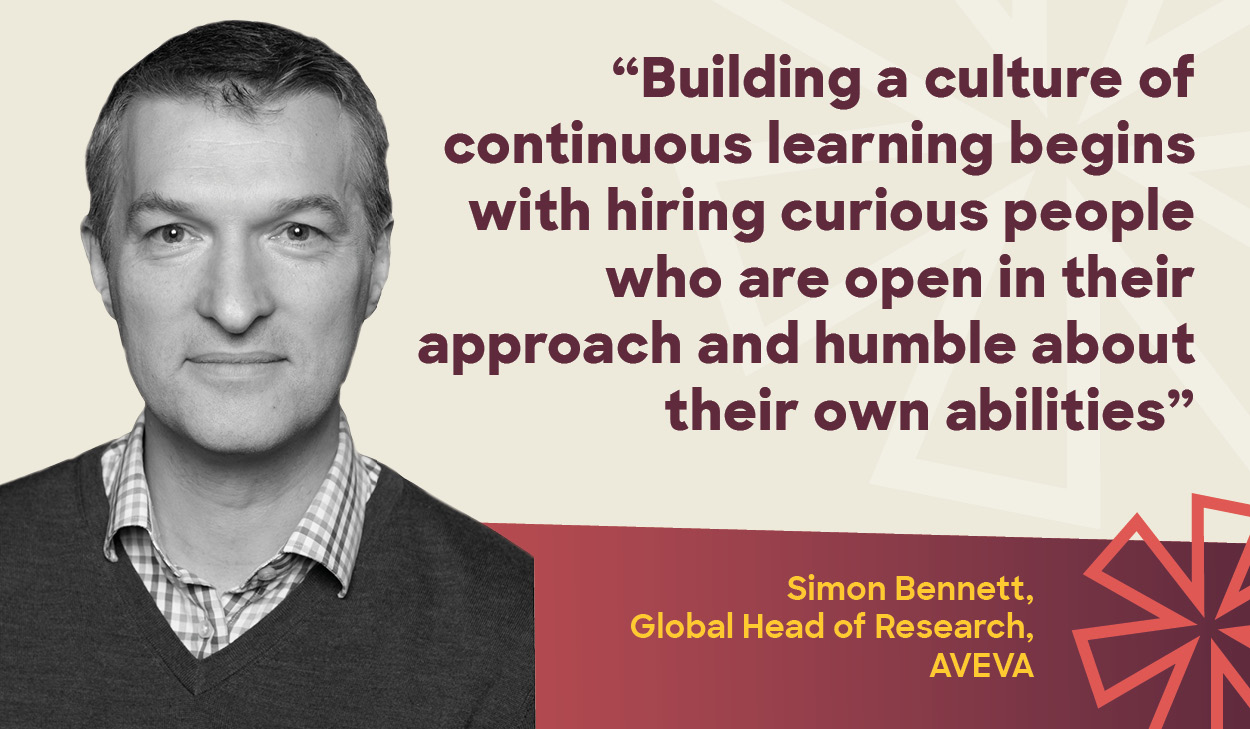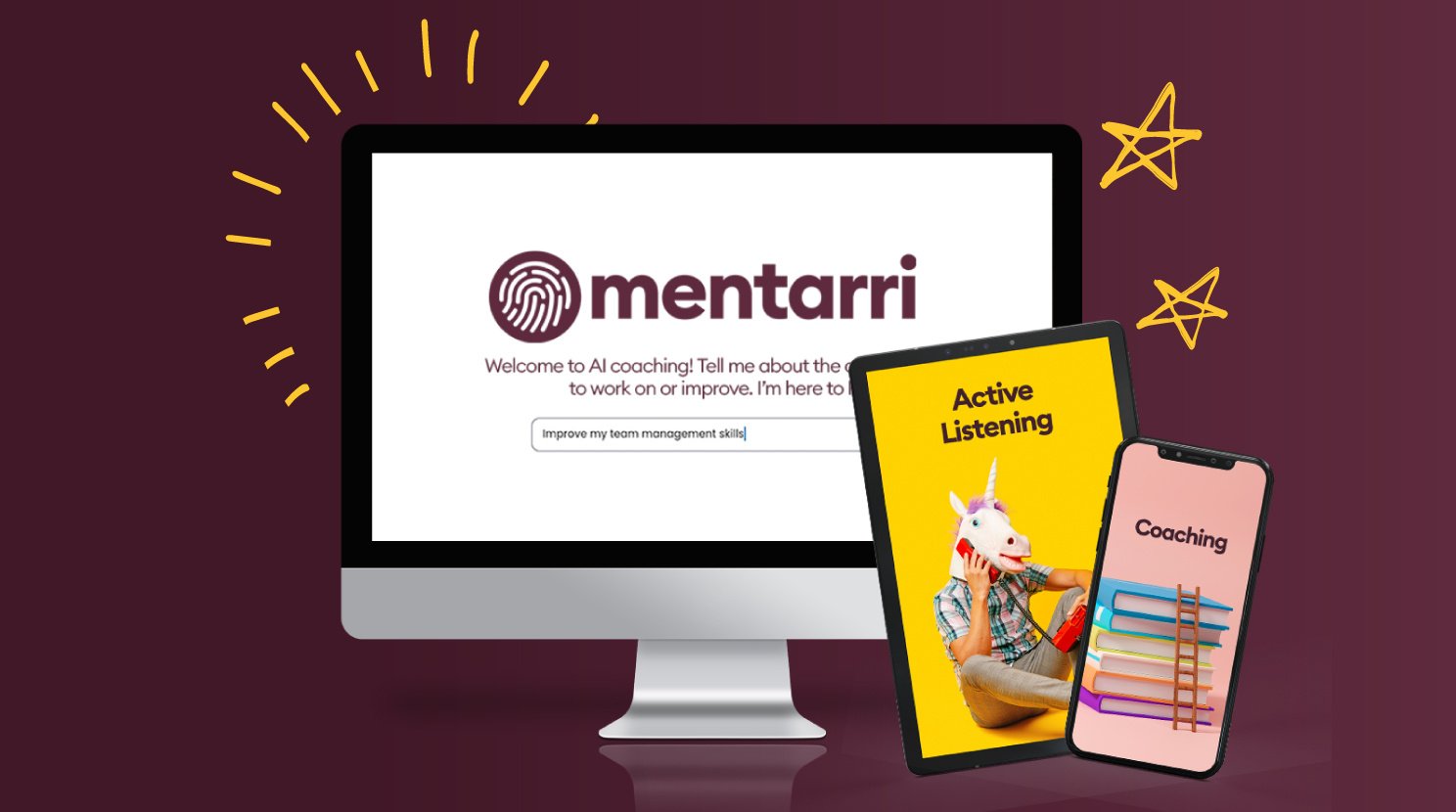Open communication and training can help the transition to hybrid working says Simon Bennett, Global Head of Research, AVEVA.
As Ben Whittaker, Robert DeNiro played a man who seems to have foretold the career challenges of the coming decade. As a 70-year-old who goes back to work – in the online fashion business – DeNiro’s character in The Intern played right into emerging workplace trends.
Living for longer means upskilling is a key skill for all workers
Older workers aren’t ready to retire because they’re living longer, healthier and more productive lives. Multiple careers are becoming more popular as we look beyond one job for life.
Even before the pandemic, more of us realised the need to continue upskilling over the course of our careers in order to stay relevant and employable.
Now the World Economic Forum predicts that the 50% of all employees will need reskilling by 2025 as the technologies of the Fourth Industrial Revolution begin to transform the workplace.
Technology will create more time to discuss the bigger questions
With artificial intelligence (AI) and robotics ever more prevalent in today’s workplaces, business leaders need to consider how those developments complement their workforce, and the emerging new role for human beings as 'connected workers'.
Digital transformation allows technology to take over repetitive tasks and model hundreds of thousands of alternative scenarios to hyperscale decision making. In the process, human beings are freed up to handle the complex, ethical, and personal decisions that allow organisations to focus on the humane and societal aspects of the business.
At the current rate of technological advancement, continuous learning is the only way to keep up with the times
With the equivalent of a Moore’s Law at work, where technological capacity doubles every couple of years, organisations can’t simply bring in new staff with better skills. Rather, businesses need to be able to embrace a posture of continual adaptation, where technologies are onboarded and staff are trained to work with them in different ways, all on an ongoing, cyclical basis. Continual learning must therefore be a strategic, systemic shift that is embedded into every aspect of the business.
As a technology company driving the adoption of new software and digital solutions for enterprises of all kinds since well before the introduction of the worldwide web, a culture of continual learning has been integral to AVEVA’s operations for decades.
From our experience, the following five strategies can help enterprises embed continuous learning across their operations in order to retain the talented employees who understand their culture and speak the organisation’s language.
1. Build a culture of openness and collaboration
Life in the age of the internet has shown us that it’s okay to Google things we don’t know and to crowdsource answers to vexing issues. Capitalize on that natural tendency by extending the sense of collaboration around new projects and letting people know it’s okay to ask questions, to seek help across the organization.
Engineering is in many ways a naturally collaborative profession, but with the constant expansion of technology into increasing areas of the workplace, it’s reasonable to expect that nobody will have all the answers all the time.
When people know it’s okay to ask for help, and that there’s no risk of being judged for it, they’re more willing to express that vulnerability – whether by presenting their ideas at a town hall or by asking for a colleague’s help – and that begets openness in return.
2. Hire for curiosity
Part of the process of building a culture of continuous learning begins with hiring curious people who are problem solvers and are therefore open in their approach and humble about their own abilities.
Curious people naturally bring that mentality into their workplace, contributing to a culture of trying out new things and seeking out new solutions – no matter their age. When there’s no assumption that because you're 55 or 60 years of age that you know everything, every day is an opportunity to learn something more.
3. Encourage staff with opportunities for growth
HR has an important role to play in continual learning, in terms of making opportunities available for training and facilitating requests from staff. While the onus necessarily remains on the individual – and to some extent on their manager – to identify potential growth areas, once they’ve made a request, HR must be equipped to provide the necessary tools.
Similarly, managers must be able to endorse or action such requests – within reason. A third way we provide support for development internally for example, is by using Pluralsight and other publicly available resources, where we give our colleagues free licenses so that they can upskill on the job or off the job. Training is a good sign of corporate health.
4. Bring in outside experts
Promoting a culture of constant learning can be helped by inviting experts and academics to come in and speak to the team. This can be at a town hall or at an open Zoom meeting as part of a series of weekly or monthly tech talks.
Guest speakers can energize teams by way of fresh ideas and new perspectives and boost employee engagement in the process. Reach out to college professors, authors, business coaches or other domain experts who are passionate about what they do. We see that close to 50% of attendees find their next challenge this way and begin a conversation about upskilling.
5. Use technology to trial new scenarios
Astronauts, pilots, surgeons and soldiers have learned how to do their jobs by way of simulated training.
Today, these technologies are widely available in the form of virtual reality. We conducted a recent exercise with students from the University of Milan. We first tested them academically using a standard technical form, and then allowed them access to a virtual reality version of our plant, where they could interact with everything within the environment before retaking the tests. We noted an improvement of close to 100% in their academic outcome. As humans, we relate to conceptual models and this experiential learning stays with us longer than academic instruction. Whether we’re 17 or 70, we learn best by doing.
A year of dynamic change has accelerated the transformation of the workplace. Adapting to our evolving role as Connected Workers in the new normal will require organisations to integrate technological tools with traditional and innovative learning models into comprehensive strategies to maximise human capital.
Our Transformational Leadership Programme is like a mini-MBA. It’s 100% virtual and delivers against two management apprenticeships, so it can be funded through your Apprenticeship Levy.
Clever right?

















